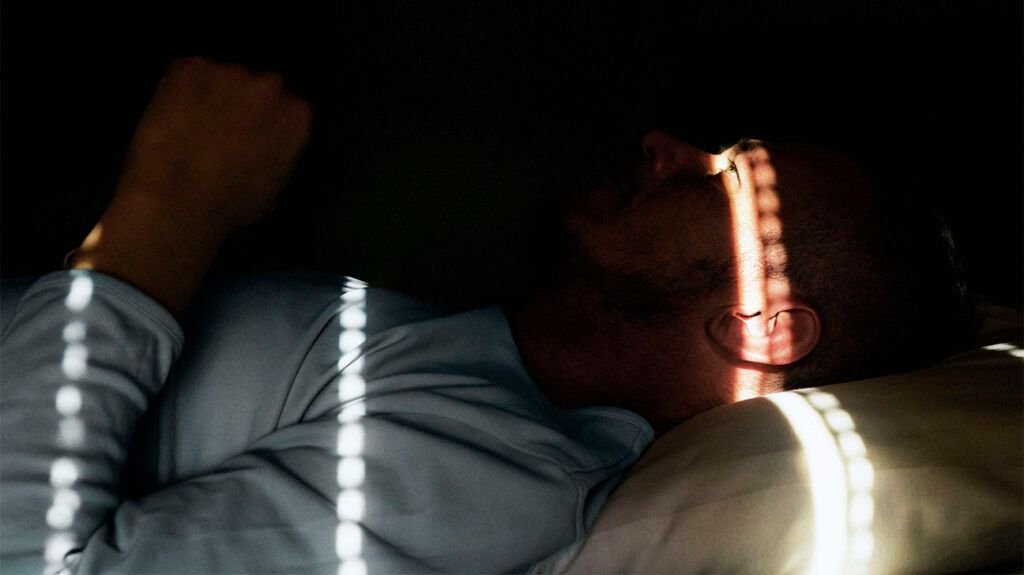Phasmophobia is an extreme fear of ghosts that can cause people to feel intense anxiety or dread. Doctors may recommend behavioral therapies to help individuals overcome this phobia.
Some people may enjoy feeling a little bit scared hearing a ghost story, watching a scary movie, or visiting a haunted house.
However, those with phasmophobia have an intense fear of ghosts that may cause significant distress or negatively affect their everyday lives. They may fear the nighttime, sleeping alone, or being in the dark.
This article explains the symptoms, causes, diagnosis, and treatment for phasmophobia, including when to contact a doctor.

People with phasmophobia have an intense fear of ghosts or the supernatural. This fear may present as the following:
- anxiety
- intense discomfort or distress
- a belief that ghosts may be a threat or cause serious harm
- vivid images of the supernatural or a feeling that a supernatural presence is near
- physical responses to fear, such as:
- crying
- shaking
- increased heart rate
- increased blood pressure
- difficulty sleeping, which may result in daytime sleepiness
- avoiding or attempting to escape areas in which a person believes a ghostly presence may be
Phasmophobia may cause other fears to develop, such as fear of the dark, fear of the nighttime, or fear of sleeping or being alone.
According to a
Phasmophobia
Phasmophobia is an example of a specific phobia, which is an extreme, irrational fear of something that does not pose any real danger.
There is
This link may occur if a person experiences a neutral event, such as driving, with an event that triggers fear or anxiety, such as an accident. They may then link fear or anxiety with driving.
A person may also model the reactions of others around them. If they observe a fearful reaction from another individual in response to a specific situation or object, such as a spider, they may also internalize the fear and develop the same response.
According to a
A specific phobia is a persistent, extreme fear of something that poses no real threat. People feel intense anxiety and dread of exposure to the fear or will avoid it. Specific phobias significantly affect a person’s life.
The Anxiety & Depression Association of America provides a screening questionnaire for people who think they may have a specific phobia. Individuals may want to complete the form and take it to a healthcare professional for a proper diagnosis.
To diagnose a specific phobia, a healthcare professional
They will assess a person’s symptoms and rule out other conditions, such as obsessive-compulsive disorder or post-traumatic stress disorder.
Behavioral therapy may be one of the
This may include exposure therapy, which gradually exposes a person to stimuli that cause fear. Over time, people will face the least anxiety-provoking situations and work up to gradually face the most.
A therapist can also teach people coping methods to be able to deal with their fear and anxiety. This may include:
This method helps desensitize people to situations that trigger the phobia and allows them to realize they are safe.
Other treatments
Other treatments may include hypnosis or virtual therapy, in which people face stimuli causing them fear through a computer.
Mental Health America suggests cognitive behavioral therapy (CBT) is also effective for treating phobias. CBT teaches people strategies and new coping skills so they can respond differently to a trigger.
This technique teaches people how to alter their thinking patterns to decrease or eliminate symptoms of the phobia.
Certain medications, such as antidepressants, alongside behavioral therapies,
According to a
However, phasmophobia may be more common than individuals think, and treatments can help.
If someone is experiencing distress or mental health issues due to a fear of ghosts or the supernatural, or if phasmophobia is affecting everyday life, they can consult a doctor or a mental health professional.
Healthcare professionals can give peace of mind with a diagnosis and offer treatments to help someone manage their symptoms.
Phasmophobia is an extreme fear of ghosts or the supernatural. It may cause people to feel intense anxiety or dread in certain situations, such as at nighttime or in the dark.
Phasmophobia may cause sleep problems, mental health issues, or negatively affect quality of life. If people are experiencing significant discomfort or distress due to a phobia, it is important to speak with a healthcare professional.
Behavioral therapies, such as exposure therapy or cognitive behavioral therapy, are very effective treatments for phobias.
